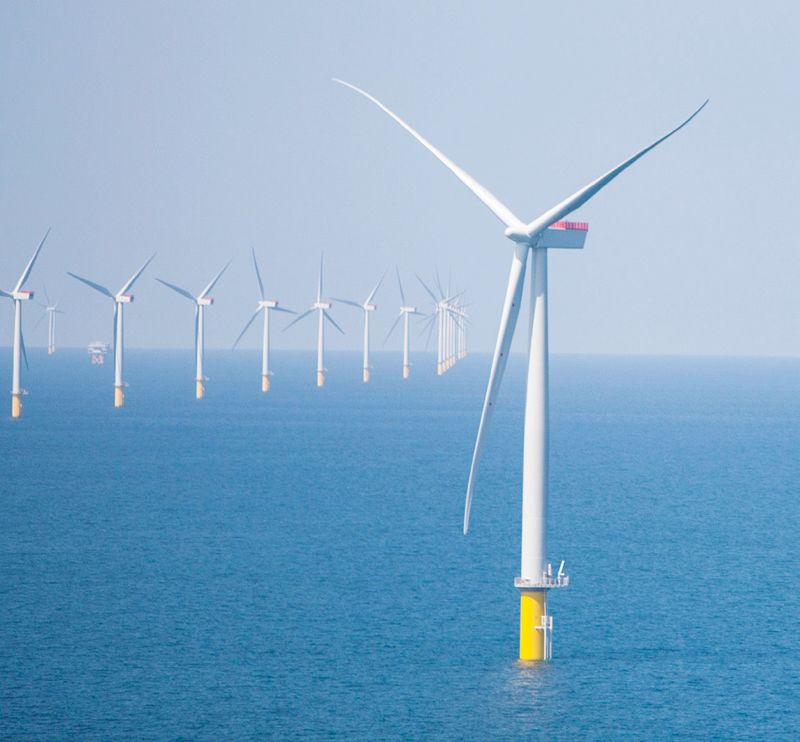

The potential for harnessing offshore wind energy via the installation of wind turbines far out at sea was highlighted at the Ocean Economy and Future Technology Conference, organised by the Omani government, here in Muscat a week ago.
Offshore wind energy, according to a host of experts who addressed the conference, is only one part of an array of renewable energy sources associated with the oceans and high seas. Included in this list are: ocean thermal, wave and tidal energy sources, all of which have potential for development given Oman’s geography as a littoral nation overlooking the Arabian Sea and Indian Ocean beyond.
The Sultanate already hosts the GCC’s first onshore wind farm — a 50MW capacity project currently nearing completion on a site in the Wilayat of Shaleem and Halaniyat Islands in Dhofar Governorate. But as with any land-based wind turbine, electricity is generated only when wind speeds are adequate enough to turn the turbine’s rotor blades. In contrast, however, offshore wind speeds in areas about 40-50 kilometres beyond the shoreline are relatively strong and consistent around the year, offering developers a much better return on their investments, it is pointed out.
According to Manfred Dittmer, Executive President of the World Offshore Wind Forum, offshore wind energy is currently the fastest growing offshore energy resource with billions of dollars invested every year in this promising sector. Citing figures published by the International Renewable Energy Agency (IRENA), he said the offshore wind energy industry is projected to grow exponentially to 520 gigawatts (GW) in capacity by the year 2050.
“The growth rate is expected to be more than 70 per cent annually with aggregate capacity set to rise to 50 GW by 2026. This will mean that we will see 5 GW of newly installed capacity added every year for the next several years,” Dittmer told delegates at the Ocean Economy and Future Technology conference.
Since the inception of offshore wind energy in Danish waters in 1991, development of this renewable energy resource has taken off in a remarkable way, said Dittmer. “Altogether, there is around 20 GW of offshore wind capacity in operation, which represents fantastic growth of this young industry. The sector began its growth in north-central Europe, but has since spread to China, Asia Pacific and very soon into North America as well.”
As the industry becomes more mature, offshore wind farm sizes and capacities are expanding as well, while capex costs are dropping dramatically too, he noted. “We also see the trend of wind farms going further away from the shore where there is more wind, while reducing visibility from the shore in order that tourism will not be impacted.
At the same time, wind farms are being installed in deeper waters, ranging between 40-50 metres, which is significant. Capacities per wind farm average 340 MW each as well.”
Individual turbines too are growing in size and capacity, according to the expert.
The latest wind turbines typically feature 10 MW generation capacity with rotor blade lengths of 90-95 metres, resulting in towering machines rivalling France’s Eiffel Tower in height, he stated.
“So the future looks good for offshore wind energy. We expect electricity generating costs of offshore wind energy to be less than 40 euro-cents per kilowatt hour, which is much less than when it all began in 1991,” Dittmer added.
Oman Observer is now on the WhatsApp channel. Click here



